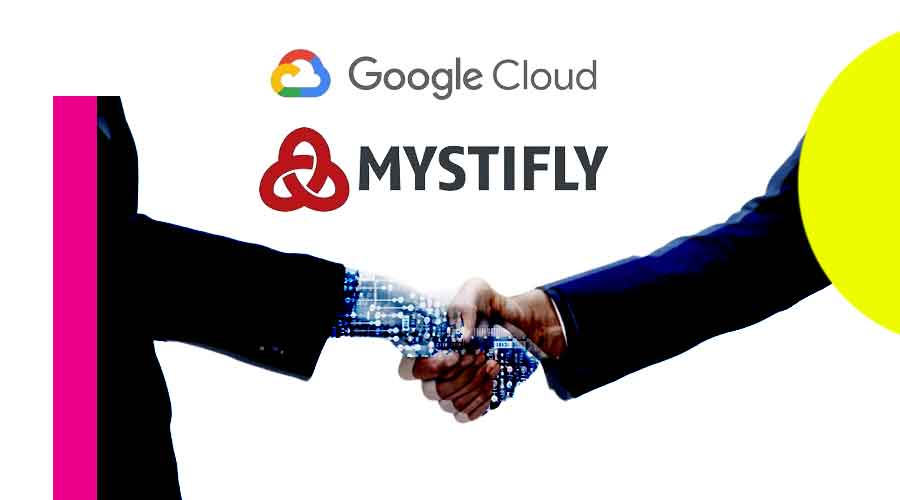
“Mystifly & Google Cloud: Innovating TravelTech Together”
INTRO
In the ever-evolving realm of artificial intelligence and machine learning, the choice of tools can significantly influence the trajectory and success of data science endeavors. From TensorFlow and PyTorch for deep learning enthusiasts to Scikit-Learn and Apache Spark MLlib for classical machine learning practitioners, each tool brings its unique strengths. H2O.ai’s AutoML simplifies the modeling process, while Dask enables scalable parallel computing. Jupyter Notebooks, MLflow, DVC, and Streamlit contribute to streamlined development and collaboration. This exploration dives into the capabilities of these tools, offering insights into their functionalities and integrations.
TensorFlow and Keras:
TensorFlow, an open-source machine learning library developed by Google, has become a cornerstone in the AI community. Its flexibility and scalability make it suitable for a wide range of applications, from simple neural networks to complex deep learning models. Keras, a high-level neural networks API, runs on top of TensorFlow, providing a user-friendly interface for building and experimenting with deep learning models.
PyTorch:
PyTorch, developed by Facebook, has gained significant traction in the machine learning community. Known for its dynamic computational graph, PyTorch provides a more intuitive and Pythonic approach to building models. Researchers and practitioners appreciate its flexibility, making it particularly well-suited for experimentation and prototyping.
Scikit-Learn:
For classical machine learning tasks, Scikit-Learn remains a go-to library. Built on NumPy, SciPy, and Matplotlib, Scikit-Learn offers a simple and efficient platform for data analysis and modeling. Its user-friendly API allows users to implement a wide array of machine learning algorithms for classification, regression, clustering, and more.
Apache Spark MLlib:
When dealing with big data, Apache Spark MLlib provides a scalable and distributed machine learning library. Integrated with the Apache Spark framework, MLlib supports various algorithms for classification, regression, clustering, and collaborative filtering. This makes it a powerful tool for processing large datasets and training machine learning models in parallel, leveraging the benefits of distributed computing.
H2O.ai:
H2O.ai offers an open-source platform for data science and machine learning. H2O.ai’s flagship product, H2O, provides a scalable and distributed environment for building machine learning models. Its AutoML functionality automates the model selection and hyperparameter tuning process, making it accessible for users with varying levels of expertise.
Dask:
Dask is a parallel computing library designed to seamlessly integrate with popular Python libraries such as NumPy, Pandas, and Scikit-Learn. It enables users to parallelize their computations, making it possible to scale from a single machine to a cluster. Dask’s ability to handle larger-than-memory datasets and parallelize operations on them makes it a valuable tool for data scientists working with sizable datasets.
Jupyter Notebooks:
Jupyter Notebooks have become a staple in the data science and machine learning community. These open-source, interactive web applications allow users to create and share documents containing live code, equations, visualizations, and narrative text. Jupyter Notebooks provide an ideal environment for iterative development and collaboration, enabling users to document their workflow, visualize data, and communicate findings in a single, shareable document.
MLflow:
Managing the end-to-end machine learning lifecycle can be challenging, and MLflow addresses this complexity. MLflow is an open-source platform that includes tools for tracking experiments, packaging code into reproducible runs, and sharing and deploying models. It supports multiple machine learning libraries and frameworks, making it versatile for teams working with different technologies. MLflow’s modular design allows users to adopt specific components based on their needs, promoting flexibility and ease of integration.
DVC (Data Version Control):
DVC, or Data Version Control, is a tool designed to address versioning challenges in machine learning projects. Built to work seamlessly with Git, DVC enables versioning of datasets, models, and experiments. This ensures reproducibility and traceability in machine learning workflows, critical for collaboration and maintaining the integrity of data science projects over time.
Streamlit:
While not a machine learning library per se, Streamlit has gained popularity for its role in creating interactive web applications with minimal effort. Data scientists and machine learning engineers use Streamlit to build dashboards and visualizations that allow stakeholders to interact with models and explore results. Its simplicity and integration with Python make it an attractive choice for rapidly prototyping and deploying data-driven applications.



